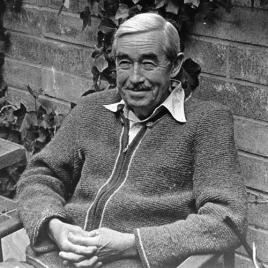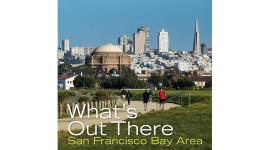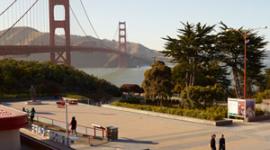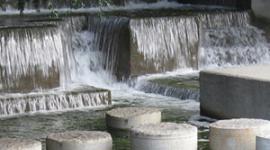Pioneer Information
Born in Alliance, Ohio, Vaughan studied for three years at Mount Union College before completing a B.A. in landscape architecture at The Ohio State University in 1929. As a Fellow at the Lake Forest Foundation in Lake Forest, Illinois, he advanced his education through trips across Italy, France, and Spain. Upon completing his studies in the early 1930s, Vaughan relocated to California where he became a professor of landscape architecture at the University of California, Berkeley’s, College of Agriculture. Over a three-decade-long career at the university, Vaughan was instrumental in growing the landscape architecture department, serving as chairman from 1947 to 1962. In the late 1940s, he helped establish the City and Regional Planning Department, as well as the College of Environmental Design, in 1959, where he later served as dean. As an instructor, he encouraged innovation and individualism from his students, who included Garrett Eckbo, Robert Royston, and Kathryn Imlay, among others. Aside from his academic career, Vaughan practiced landscape architecture in the private sector, first in partnership with F.H. Mick from 1930 to 1931, and then as part of Thomas Church’s office from 1931 to 1945. His work included Parkmerced in San Francisco in association with Church, the Federal War Housing Program, and the Richmond (California) Civic Center. He also worked with the University of California, Berkeley, in developing the Fernwald Dormitories in 1948, and the Alumni House, alongside Lawrence Halprin, in 1954. Additionally, Vaughan undertook a series of residential projects in partnership with his wife, Adele Wharton, also a landscape architect. He was an active participant in both the California Association of Landscape Architects and the American Society of Landscape Architects (ASLA). He was elected as a Fellow of the ASLA in 1954. He died in Point Richmond, California, at the age of 68.








